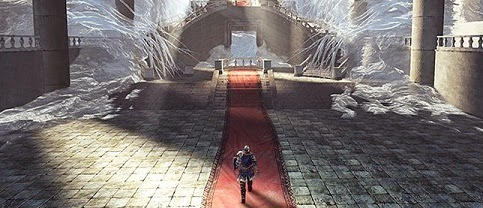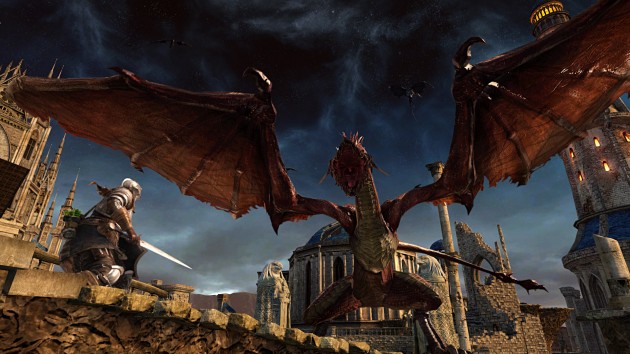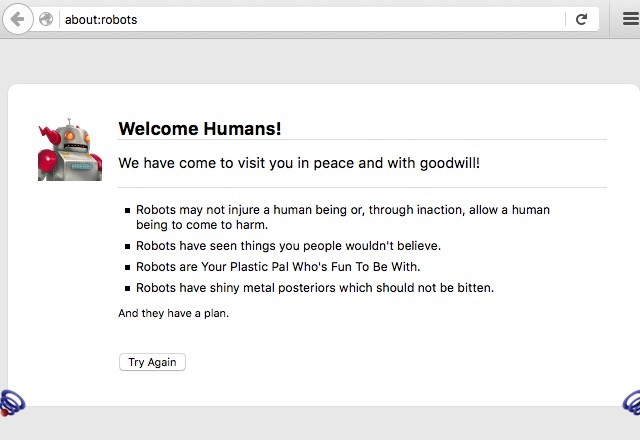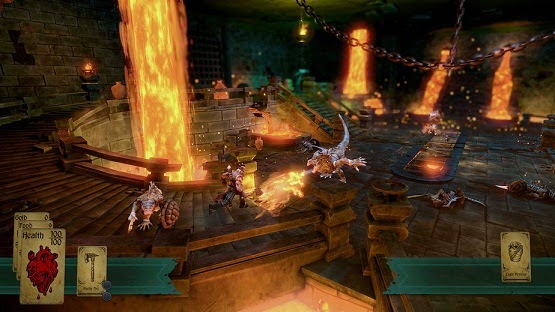

After I played a quick game of cards with Emma Stone, I fed Shigeru Miyamoto some spaghetti--his absolute favorite food. I then attended Samus and Link’s wedding, and had just enough time left to visit the beach and buy a rare lollipop. Afterwards, I headed to the mall to pick-up a bumblebee costume. This was merely one of my many random afternoons in Tomodachi Life, an oddly charming lifestyle game that pulls players in with its addictive gameplay and odd sense of humor. As you find purpose in the randomness of virtual life, Tomodachi Life becomes a great casual acquaintance: It's fun to hang out with in short bursts, even if its promise of a deeper experience ultimately goes unfulfilled.
Tomodachi Life could be called a simulation, but it’s closer to a digital dollhouse. You fill a small island metropolis with dozens of personally designed Miis, each residing in their own apartment. They go about their days independent of your input; really, you're just there to watch over them like a god. You hand out food and gifts as you see fit, and dish out guidance when they ask for it. Early on, these interactions make for a mildly alluring power trip. The thrill of discovering which Miis prefer lobster to grits will keep you coming back at first, if only because of its quirky nature.
As fun as it is checking in on your Miis in their apartments each day, the real thrill comes from watching them interact with one another, and witnessing relationships naturally develop between them. While you play, more areas open up on the island, giving your Miis new places to lounge around. Coffee shops and amusement parks provide new hang out spots for your Miis, acting as ideal locations for dates or even marriage proposals. Witnessing the simple arc of Mii relationships unfolding is the game's true narrative.
The core gameplay is the addictive cycle of buying a new item, giving it to a Mii, earning money based on how much they like the gift, then using that money to buy a new item and start the circle of Tomodachi Life all over again. Continually giving your Miis new items plays into a collector mentality that stokes your devotion to the game. You quickly become obsessed with daily check-ins to see what new food or clothes went on sale that morning. You fall into this habit not only to slowly inch your catalogue of items toward completion, but to also dole out those gifts to different Miis so you can gauge their reactions. How will I know if Bayonetta likes this skirt and suspenders combo if I don’t buy it for her?
Seeing your Miis react to some new event slowly builds their personality, gradually deepening your investment in the island’s population. For example, when I build Miis of Mario and Luigi for my island, it's cute to see them walking around. But as I give them items, their reactions slowly develop into personalities. My Mario loves cheeseburgers and salads, while my Luigi has strange dreams about paint and getting lost on dark roads. These brief moments appear with little explanation--the Miis have no visible stats that explain why they like one food or activity more than another; but the lack of context makes your virtual friends feel nearly as unpredictable as real people.
Despite your investment in your population, it can occasionally feel shallow. There are no major goals to complete beyond buying every type of item imaginable and handing it to your Mii. After a couple dozen hours with Tomodachi Life you’ll have seen the silly little game run its course, and you might feel a little dissatisfied with the result. You spent all this time grooming the many Miis of your town, and for what? To buy every gift possible and then watch all your Miis get married and have children? But that pointlessness is the point.




 The Walking Dead — Episode Four: Around Every Corner Walkthrough
The Walking Dead — Episode Four: Around Every Corner Walkthrough FIFA 14: A General Consensus of What The Fans Want
FIFA 14: A General Consensus of What The Fans Want Metal Gear Solid V: TPP Guide - Advanced Tips and Tricks
Metal Gear Solid V: TPP Guide - Advanced Tips and Tricks Hand of Fate (PS 4) review
Hand of Fate (PS 4) review Violence Against Violent Games: Why Gamers Need to Speak Out
Violence Against Violent Games: Why Gamers Need to Speak Out